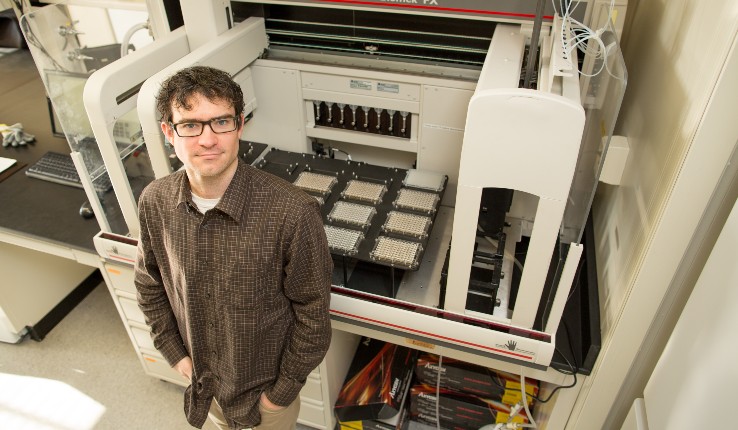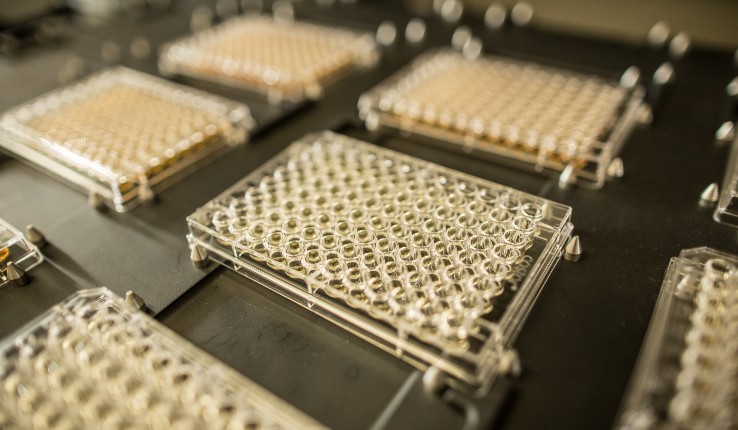If B is better than A, and C is better than B, it follows by the transitive property that C is better than A. And, yet, this is not always the case. Every kid is familiar with the Rock-Paper-Scissors game—the epitome of nontransitivity in which there is no clear hierarchy among the three choices, despite each two-way interaction having a clear winner: Paper beats Rock, Scissors beats Paper, and Rock beats Scissors.
Evolution may be teeming with nontransitive interactions as well. While natural selection―the process by which organisms better adapted to their environments are more likely to survive and pass on their genes―can be observed over shorter time intervals, there is still debate about whether fitness gains accumulate over long evolutionary time scales. In other words, one might expect that successive adaptive events (like the two-way interactions of Rock-Paper-Scissors) would translate into a cumulative increase in fitness, resulting in the very latest generation always being more fit than all of its genealogical ancestors. However, this turns out to not be true in every case.
The evolutionary process, then, includes what are known as nontransitive interactions, sometimes producing organisms that are less fit than its ancestors. Experimental demonstrations of such nontransitivity, however, have been lacking.







